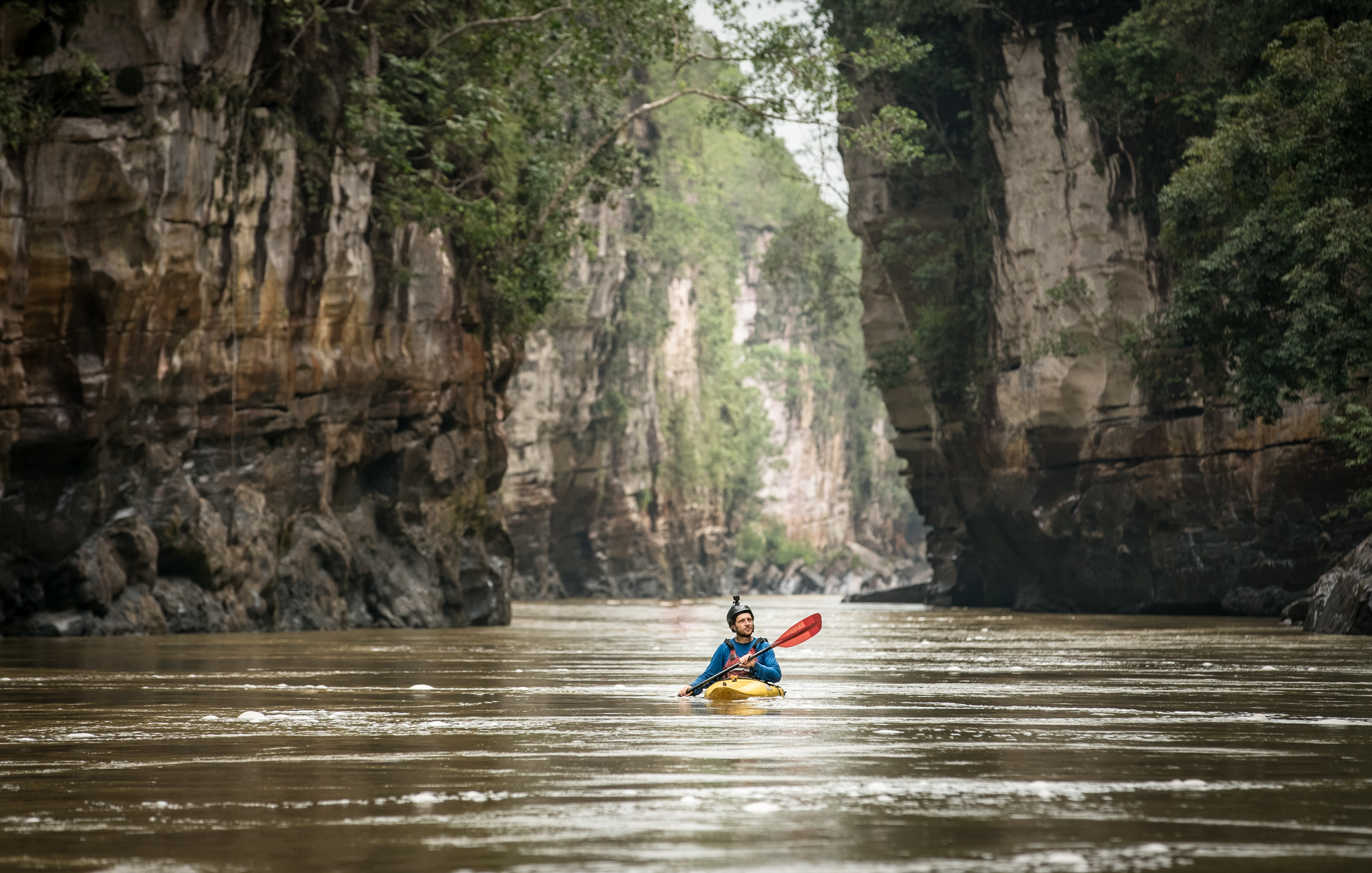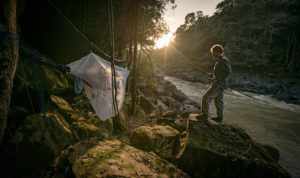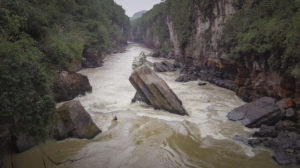
inReach: Encountering Danger and Managing Self-rescue in Colombia
There have been more than 2,400 confirmed inReach® SOS incidents since the device was first launched in 2011. Still, there are countless instances where a subscriber has communicated via an inReach device — without triggering an SOS — to achieve a self-rescue for themselves, a stranger, a friend or a family member.
One self-rescue involving an inReach device was reported by several media outlets. Chris Korbulic is a kayaker, photographer, world adventurer and a Garmin Outdoor Social Ambassador. During a recent trip to Colombia, Chris and his companions were taken hostage by FARC rebels. Their inReach device proved to be essential to their self-rescue.

The area where they planned to travel was reported to be stable following a peace accord struck between FARC and the Colombian government following a 52-year civil war. Korbulic and 4 companions saw this as an opportunity (as shared on the Garmin blog) to attempt to descend the length of the Apaporis River, one of the last undocumented expanses of the Colombian Amazon.
During their trip, the group learned that the region was less stable than they had anticipated. They received information to avoid a particular area and paddled through the dark of night to avoid it. Despite their best efforts, they were confronted the next morning by a number of rebels carrying assault rifles. They were then taken to a FARC camp and held against their will.
Korbulic’s companion, Ben Stookesberry, used his inReach device to message a friend and a Colombian contact. The messages that came back indicated the gravity of the situation. “They replied, definitely remain calm,” Korbulic said, “but this could really be a major issue for your health and life.”
The group sent a message to their contacts to wait 48 hours and see how the situation played out. As experienced kayakers and explorers, the group maintained a mindset for resolving the situation themselves.
“The biggest thing with a self-rescue is to assess the situation, look at things objectively and think of the options that you might have,” Korbulic said. “If it’s not absolutely clear that you need immediate rescue, self-rescue in the long run is probably going to be a lot better.”
The group’s contacts got in touch with the U.S. Embassy, which eventually led to their situation being passed to the FBI in the U.S. and the Colombian military. Korbulic explained that they later found out that Colombian authorities mobilized a sizable force to extract the group. In the end, thankfully, a military extraction wasn’t necessary.
“The information that we got from [the authorities via inReach] helped us communicate better with the rebel group, keep our cool and stay calm in the situation we were in and extract ourselves,” Korbulic said.
After several days of detainment, the rebels released the kayakers and gave them permission to continue their journey, but the group decided to end their expedition. They paddled to a nearby village where they were met by government officials and an aircraft that flew them all to Bogotá.
In the end, they were grateful for the journey they had up to the point of their experience with the rebels. They also understood that they had been treated relatively well by the rebel group.
Korbulic is still paddling and seeking adventure. He continues to travel with an inReach device. “I can’t imagine going out on just about any kind of trip of any length in wilderness or a foreign place without it now. It’s totally changed the way that you can operate in the wilderness and foreign countries. It opens up so many new opportunities.”

Follow Chris Korbulic on Instagram. His content is often featured on Garmin Outdoor as well.




